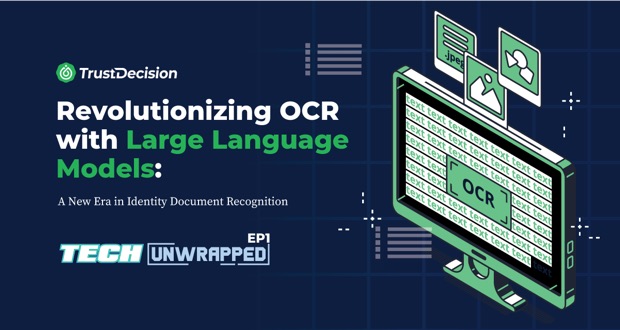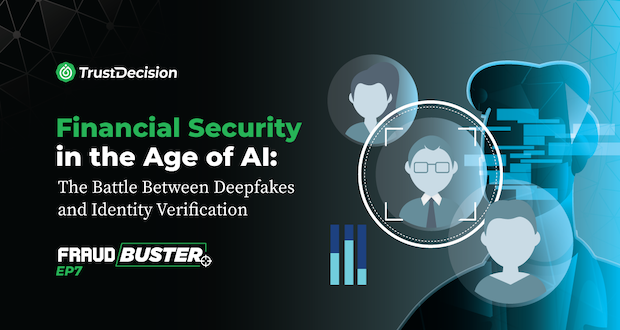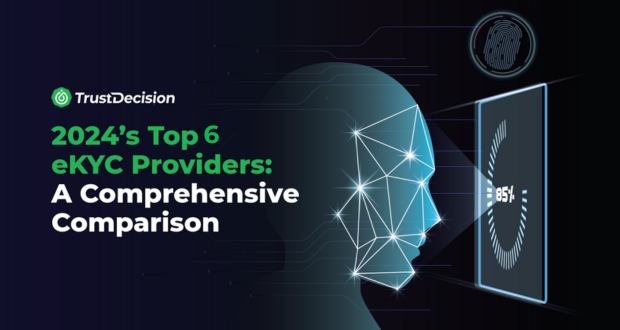Optical Character Recognition (OCR) technology plays a crucial role in automating the extraction of information from documents. From digitizing printed texts, identity document recognition to enabling seamless data entry, OCR has become an indispensable tool across various industries. However, despite its widespread adoption, OCR technology still faces significant challenges that hinder its full potential.
Industry Background and OCR Challenges
Traditional OCR systems rely heavily on predefined templates and extensive training datasets to accurately extract information. This process is not only time-consuming but also requires continuous manual intervention to update templates and improve accuracy.
Moreover, these systems often struggle with non-standard document formats, variations in font styles, and complex layouts, leading to errors and inefficiencies.
The limitations of traditional OCR methods become even more pronounced when dealing with Identity Documents, where precise information extraction is critical. Industries such as banking, insurance, and government services require high accuracy and reliability to ensure compliance and operational efficiency.
The Advantages of Large Language Models (LLM)
Large Language Models (LLM) – a revolutionary approach that leverages advanced AI capabilities could help address the inherent challenges of traditional OCR systems. Unlike conventional methods, LLMs are designed to understand and interpret the context of the text, enabling them to handle a wide range of document variations with greater accuracy and flexibility.
One of the advantages of LLM is its ability to learn adaptively from limited data resources. This means that even with a smaller dataset, LLM-powered OCR systems can achieve remarkable accuracy and generalization*. By understanding the context and semantics of the text, LLMs significantly reduce the dependency on exact template matching, allowing for a more fluid and adaptable extraction process.
The Broader Impact of LLM Integration on Financial and Fintech Industries
The integration of LLM into OCR technology signifies a transformative impact on the financial and fintech industries. This innovation paves the way for more intelligent and intuitive document processing systems, crucial for these sectors. In banking, LLM-enhanced OCR can streamline the processing of loan applications, account openings, and KYC (Know Your Customer) procedures, significantly reducing administrative burdens and enhancing operational efficiency.
In the fintech sector, this technology can automate the extraction of critical information from identity documents, financial statements and investment reports, improving accuracy and enabling faster decision-making. By harnessing the power of LLM, financial institutions and fintech companies can offer more reliable, efficient, and secure services to their customers, driving innovation and competitiveness in the industry.
Our Performance of LLM-Enhanced OCR
Recognizing the transformative potential of LLM, our team has integrated it into our latest OCR service for document recognition. This innovative approach has led to substantial improvements in both accuracy and efficiency.
Our internal tests reveal a leap in accuracy from 98.97% to 99.56%, while customer test sets have shown an increase from 95.61% to 98.02%. In some cases where the document photos are unclear or poorly formatted, the accuracy could be improved by over 20% to 30%. These impressive gains demonstrate the superior performance of LLM in extracting structured information from documents, even in complex scenarios involving font variations, unusual layouts, or partially obscured text.
Enhanced Flexibility and Robustness
The integration of LLM into our OCR service has also enhanced the system's robustness and generalization capabilities. Traditional methods are often flawed when faced with non-standard document templates, but our LLM-powered solution excels in these conditions.
By leveraging the adaptive learning and contextual understanding of LLM, our OCR system can accurately categorize and extract information from a diverse array of documents, ensuring a more reliable and user-friendly experience.
A Future-Ready OCR Solution
Our new OCR service represents a significant leap forward in document recognition technology. By harnessing the power of Large Language Models, we are not only overcoming the limitations of traditional OCR methods but also setting a new standard for accuracy and adaptability in the industry. This development marks an important milestone in our mission to provide innovative and reliable solutions that meet the evolving needs of our customers.
Looking Ahead
As we continue to explore the potential of AI in practical applications, we are excited about the possibilities that lie ahead. The integration of LLM into our OCR services is just the beginning. We envision a future where document recognition is seamlessly integrated into everyday business processes, driving efficiency and accuracy to new heights.
This journey is about more than just technological advancement; it's about redefining what is possible with AI and OCR. We are committed to pushing the boundaries and delivering solutions that not only meet but exceed the expectations of our customers.
Join us on this exciting journey as we redefine the future of OCR technology. Together, we can achieve remarkable things.
Read more about our KYC++ solution
*Generalization: In this context, generalization refers to the system's ability to accurately process and extract information from a diverse array of documents, even those it has not encountered before, ensuring consistent performance across different document types and formats.









.jpeg)




